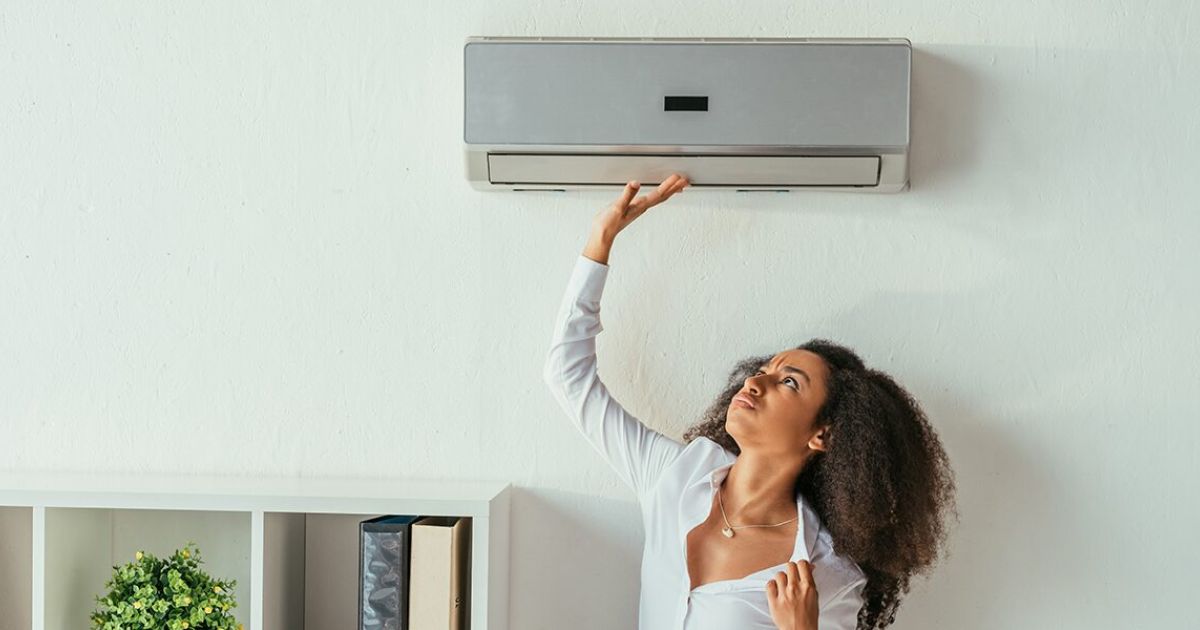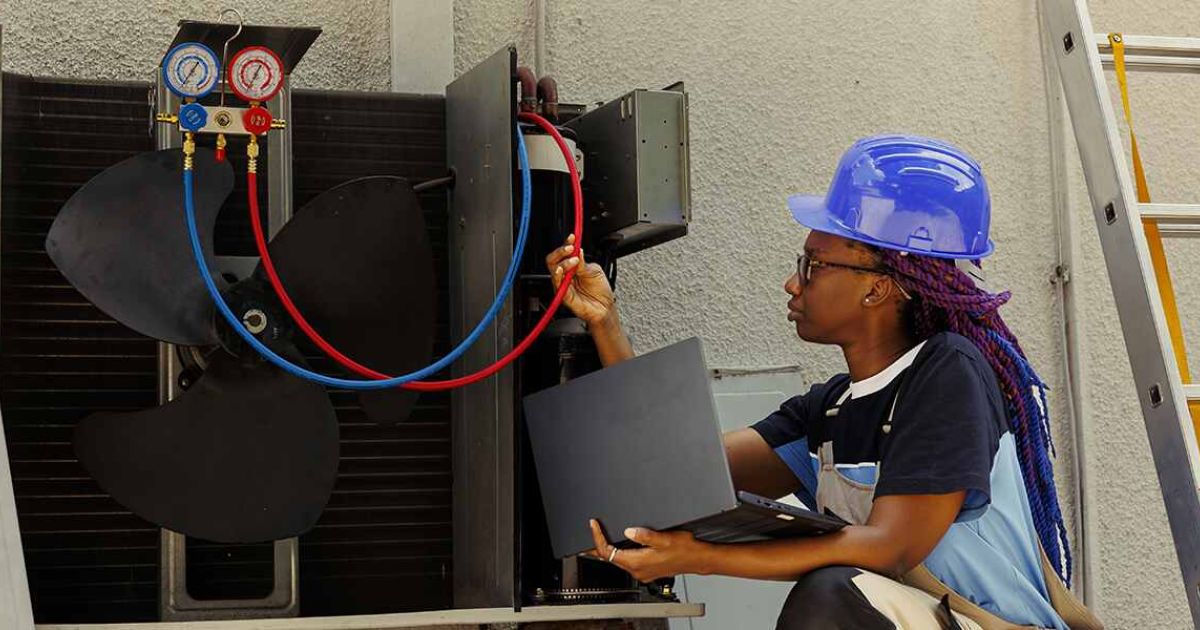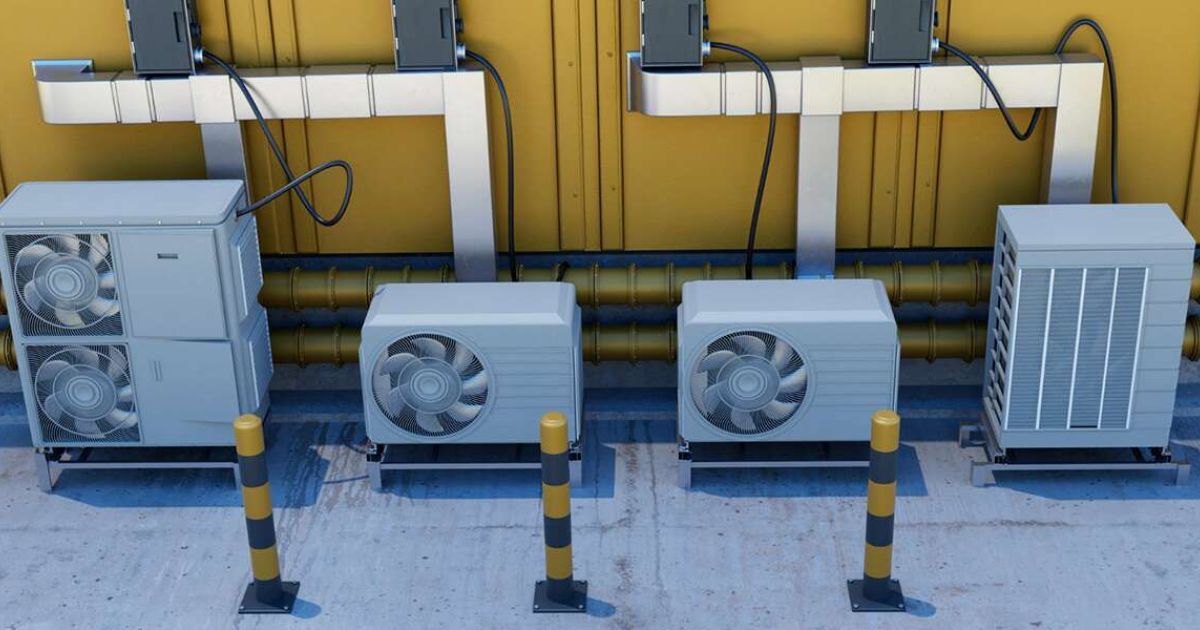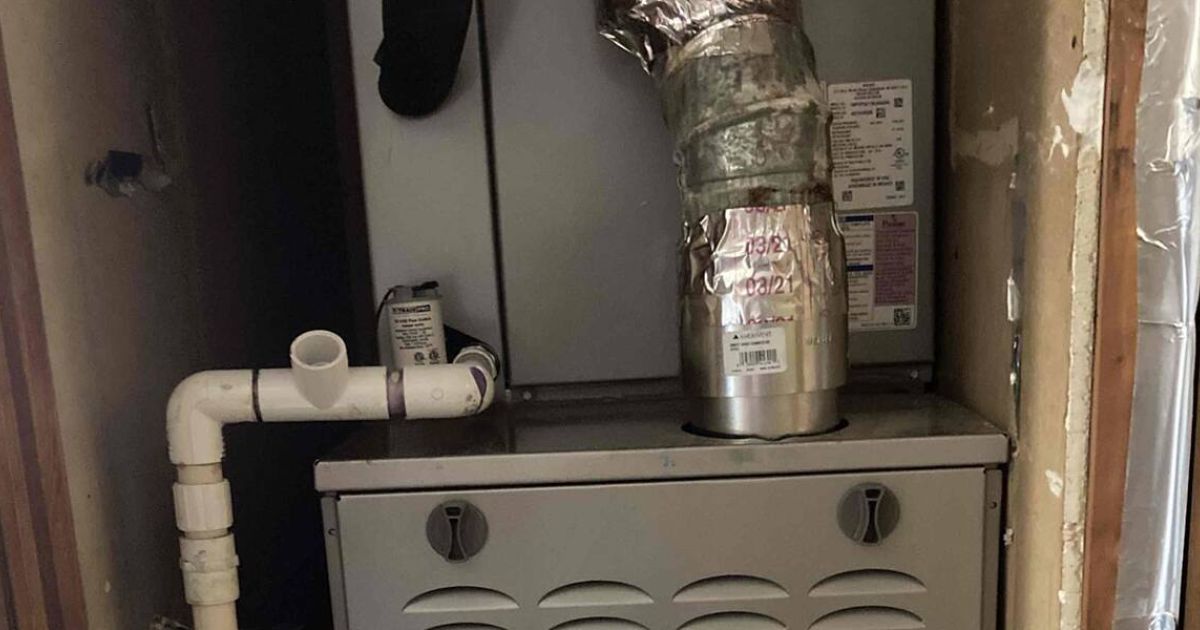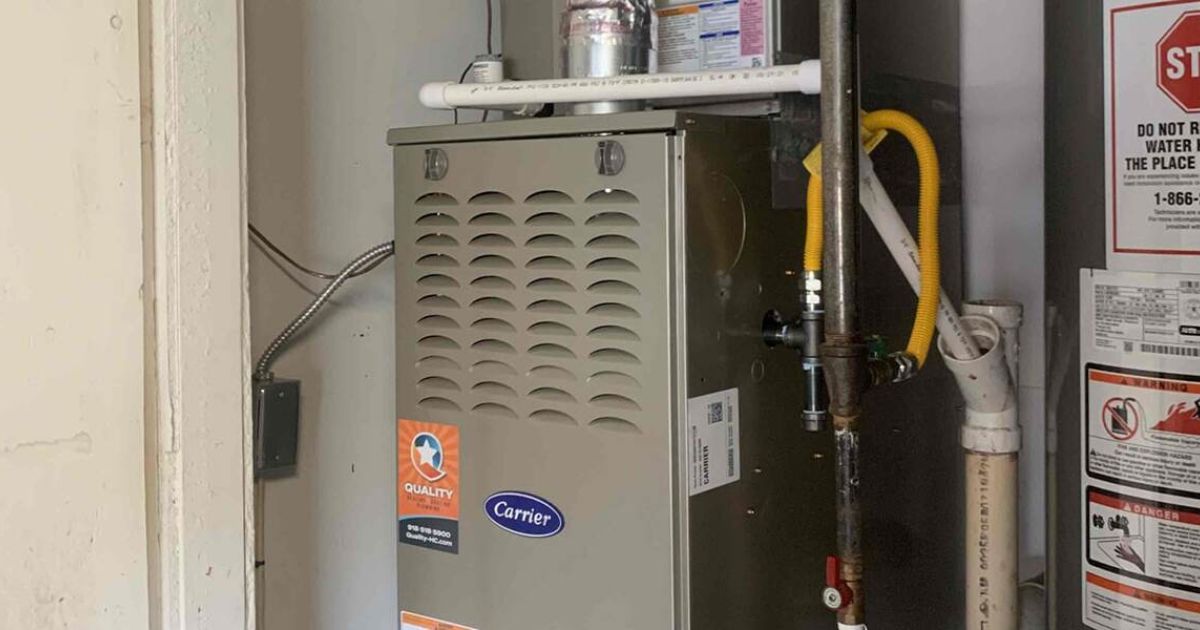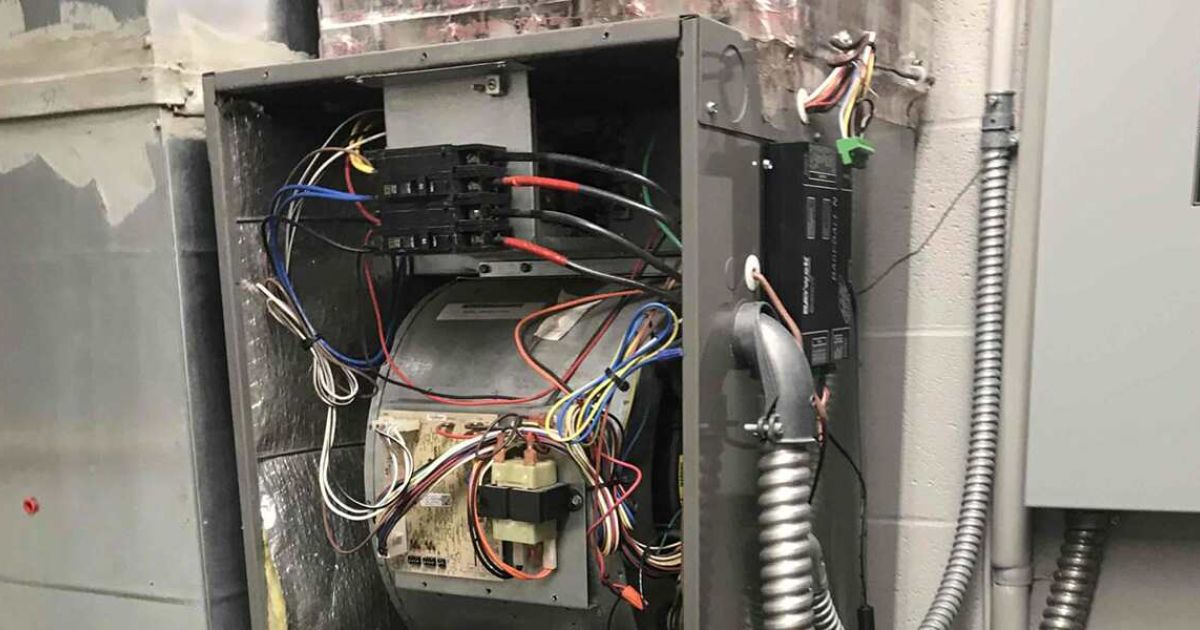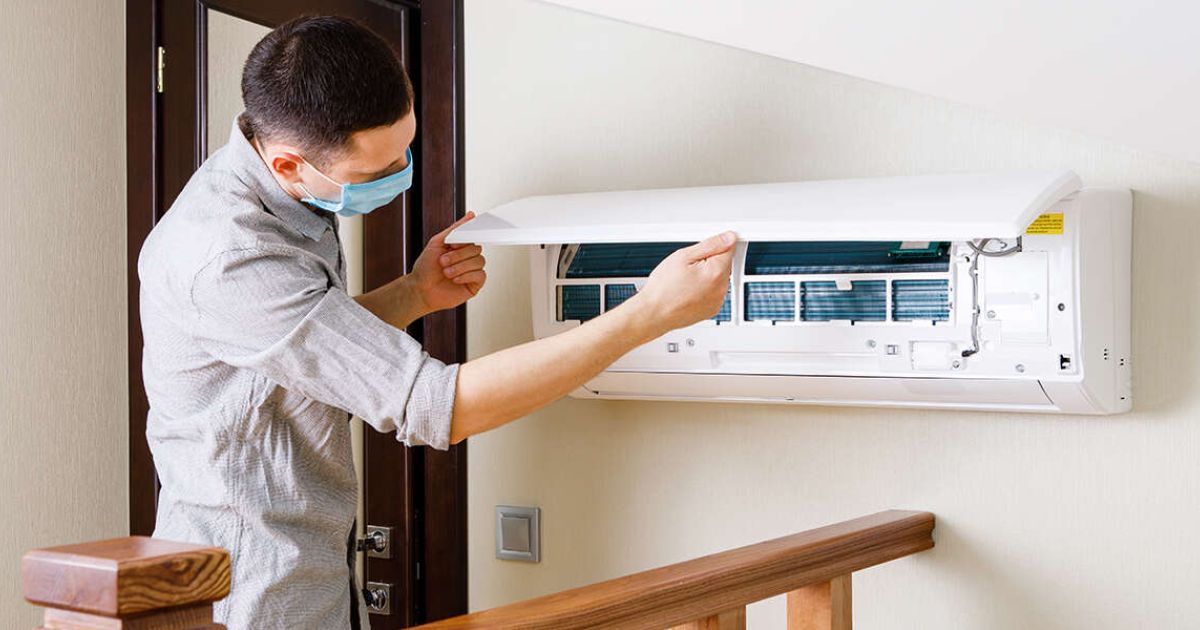

A key aspect of owning an air conditioner includes keeping it at the right temperature. Your home environment has an ideal temperature that maximizes comfort while minimizing energy consumption and humidity. However, it can be tricky to figure out the ideal temperature, especially if you live in a multi-story home. Read on to learn more about how to set your AC in a two-story house.
Contact Quality Heating, Cooling & Plumbing to speak to heating and cooling experts in Tulsa!
Why Does the Number of Floors in Your House Matter?
The number one rule when trying to figure out thermostat settings is to remember that heat rises. Heat naturally comes to the highest part of the room. In a single-story house, this principle doesn’t matter much because the height of the room keeps heat in generally the same area.
However, in two-story or higher houses, heat from the first floor will rise to the top floors, and cold air will fall to the first floor. The result means that temperatures between the two become imbalanced, and the top floors get much hotter than the bottom floors.
Plenty of homeowners think they can just set the thermostats on each floor independently and leave them alone. However, you need to set individual thermostats relative to whether they are on the ground floor or higher floors. Running your HVAC without accounting for how heat rises will end up putting unnecessary strain on your system and increase your energy bills.
Ideal Thermostat Setting for Two-Story Houses
Still want to know how to set your AC in a two-story house? The appropriate thermostat settings depend on whether you plan to run your heating or cooling. In the summer, set the top floor temperature to the actual setting you want and set the bottom floor two degrees lower. For example, if you set the AC to 68 degrees F upstairs, set the downstairs thermostat to 66 degrees F.
Similarly, during the winter, you should set the bottom floor to the temperature you want and the top floor two degrees lower. The warm air from the bottom floor will rise, equalizing the temperatures on both stories.
What About Homes With More Than Two Stories?
For homes that have three or more stories, you should use the one-degree rule. During the winter, set the lower floor to the desired temperature and each successive floor one degree lower. For a three-story house, temperatures should look like 78, 77, and 79 degrees when moving from the ground floor to the top floor.
Similarly, during the summer, set the top floor to the desired temperature, then decrease by one for each lower floor. For example, ideal summer temperatures should be 68, 67, and 66 degrees F going from the top floor to the ground floor.
What Is the Recommended Temperature Setting?
Balancing your thermostats is only half the battle. You also need to know the recommended temperature setting. How you set your AC in a two-story house depends on whether you need to heat or cool your house.
According to the Department of Energy, the ideal temperature setting for your thermostat is approximately 68 degrees. This temperature maximizes comfort while minimizing humidity and energy consumption.
A common misconception concerns the idea that turning your thermostat lower will cool your home faster. This is not true, however. It will cool your house at the same rate but might cool it too much, leading to wasted energy. It can also put extra strain on the air conditioning unit.
HVAC Zoning
Zoned HVAC systems offer the most efficient way to reduce power consumption in multi-story houses. Zoned systems split your home into distinct areas to heat and cool different parts of your home independently. You can zone an HVAC system in several ways to get more precise control.
The simplest method to zone your home requires you to install multiple thermostats. Each thermostat has a different temperature sensor, so the system will heat or cool until both sensors reach the right temperature.
A more complicated setup involves installing multiple thermostats and automatic dampers that can direct hot and cool air to specific parts of the house. You can set the thermostat to a specific temperature, and it will target cool specific rooms and sectors. Zoning provides more precise control and more options for heating and cooling.
The main downside of zoned systems means that they are more expensive to install. Pricing depends on the number of zones and whether your ductwork already has dampers installed. However, the price of modifying your system can be worth it due to the energy savings.
Smart Thermostats and Zones
Smart zone thermostats represent a useful new invention that allows you to program routines to maximize energy efficiency and comfort. Zone thermostats allow you to program heating or cooling routines for specific areas of your home, making them great options for setting temperatures on multiple stories.
The real benefit of smart thermostats is you can sync them, so they change temperatures together. You will notice some delay between when one changes and the other, but the short mismatch shouldn’t appreciably affect heating or cooling.
Every House Is Different
These cooling tips offer just general guidelines and are not suitable for every situation. Your house has unique features that affect how heat distributes through it, so you need to experiment to find the optimal settings. You can use these ideas in this article as a starting point and make tweaks to get the performance you need. If you need more assistance, you can contact a local professional HVAC technician to help find the right ranges.
Heating & Cooling Services in Tulsa
Now that you know how to set your AC in a two-story house, take the next step. Turn to Quality Heating, Cooling & Plumbing, the craftsmen you can trust. Whether you have a broken air conditioner or need drain cleaning, we can assist you. If you have any questions about recharging old air conditioners or would like to schedule service, send us a message online or call today at (918) 262-5245!

Cassie Pound is the Vice President of Quality Heating, Cooling, Plumbing & Electric with locations in Tulsa, Glenpool, and Bartlesville, Oklahoma.


